Three Easy Steps To Save This Lesson As A Pdf:
-Make sure you are logged in.
-Click on the small triangle next to the tool wheel in the upper right hand corner of the page (you'll find it above the Like button).
-Select the pdf. option. Wait a few minutes. It's a large file due to the number of images.
-Your file should appear with the title of the lesson.
In this lesson of The Art of Quilt Design program, we shift our focus to look at Unity. In it's most basic terms, Unity can be thought of as, everyone in a group working together. Unity represents calmness and order through repetition, either by shape or color. It can be achieved with pattern, color or theme.
Let's use the example of a quilt guild annual quilt show. Such a project requires many entries. Everyone in the guild is encouraged to include a quilt that will, of course, be displayed. Quilts on display will fall into various categories (e.g. Traditional, Contemporary, Art, Mixed Media, etc.) and due to the exhibit space may only be between the sizes of A-B inches high and Y-Z in width.
As quilts are dropped off at a designated location, workers begin the monumental task of sorting. You know the drill. You might have even helped with your local guild quilt show set-up. All of the traditional quilts are place on the left, all the contemporary one's on the right, and so on...until all of the quilts have a resting place. Quilts are then hung by group in their pre-designated areas. By presenting all of one grouping together, it offers the show attendee a unified and harmonious view. All the traditional quilts play well together, in one area while the contemporary quilts play equally well in theirs. It is this unity that makes for a sense of harmony.

In this example notice how all of the droplets on the left are the same color, but different sizes. In the area on the right all of the droplets are a different color, but the same size.
Now that you understand the ways that you can create Unity, let's look at some excellent examples of quilts.
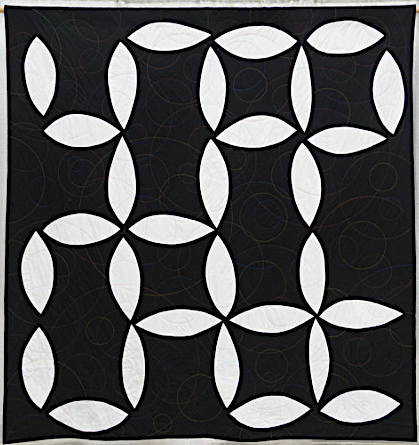
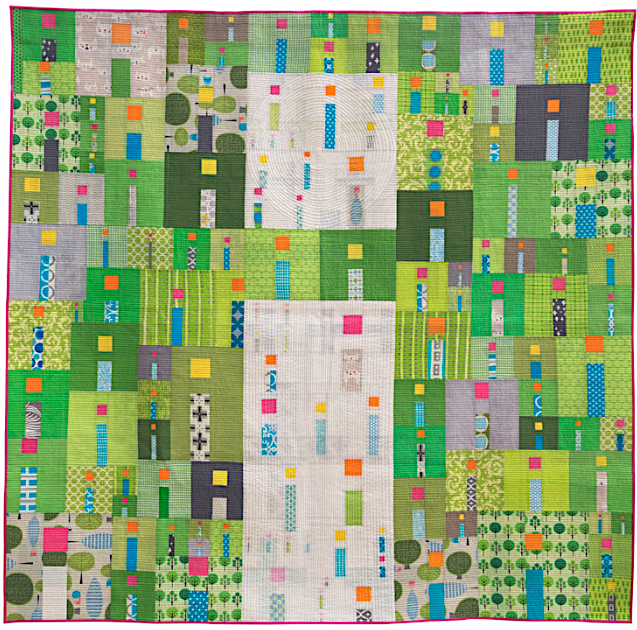
Fill the Void by Cinzia Allocca. (image QuiltCon) i Quilt by Kathy York. (image QuiltCon)

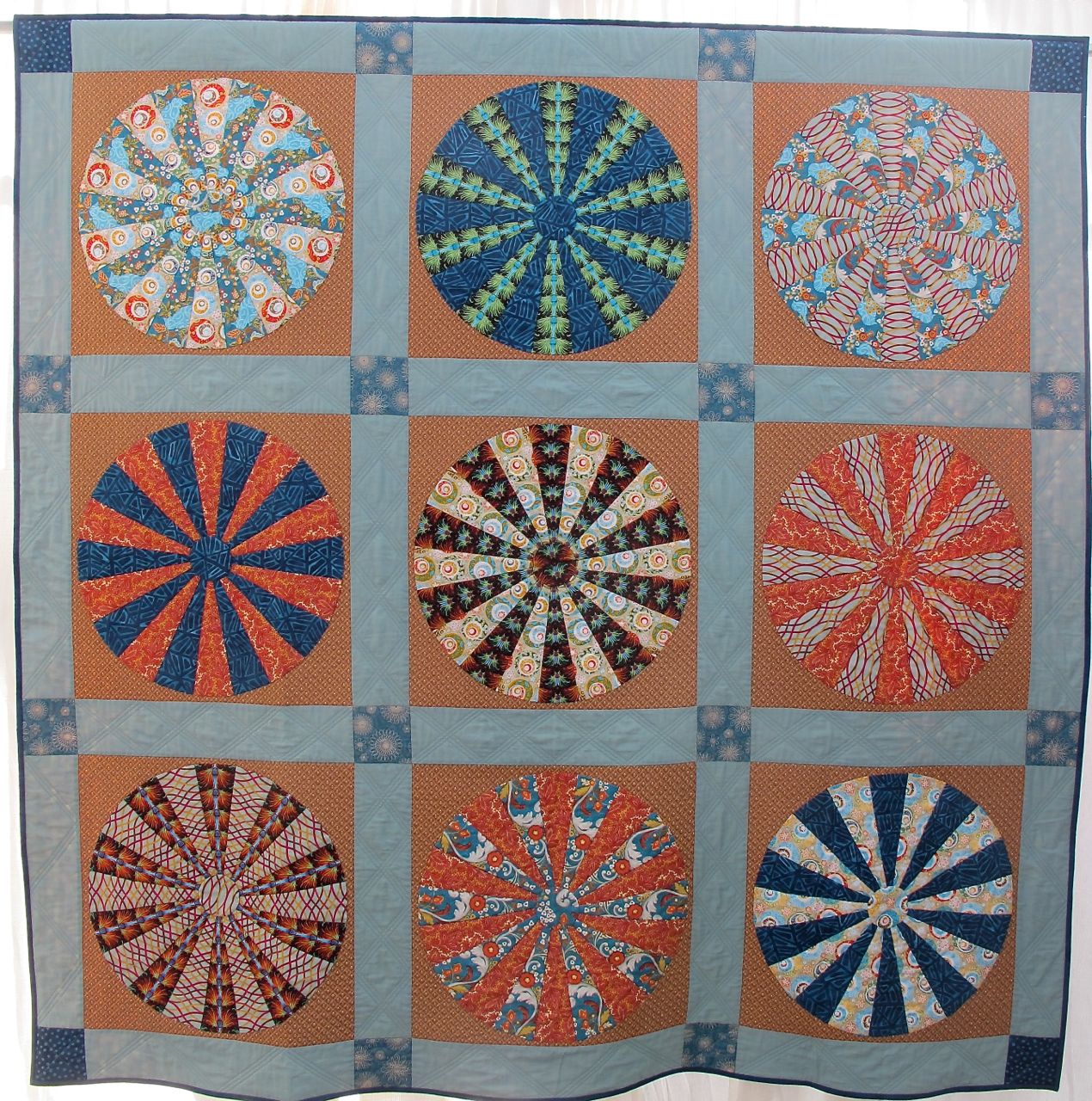
Dream Catcher by Kathy Doughty (Show 2303). [image TheQuiltShow]. Circle Game by Kathy Doughty (Show 2309). [image TheQuiltShow]
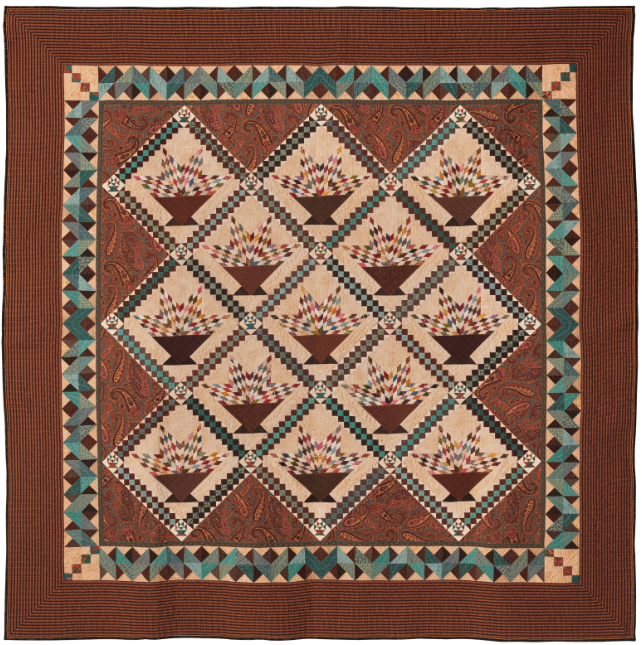
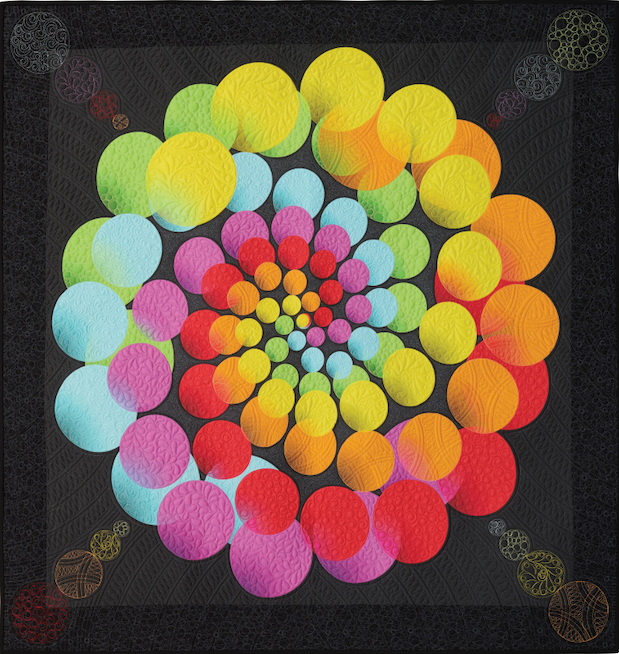
Farm Market Blooms by Nancy Simmons. (image AQS). Bubble Ballet by Birgit Schueller. (image AQS)
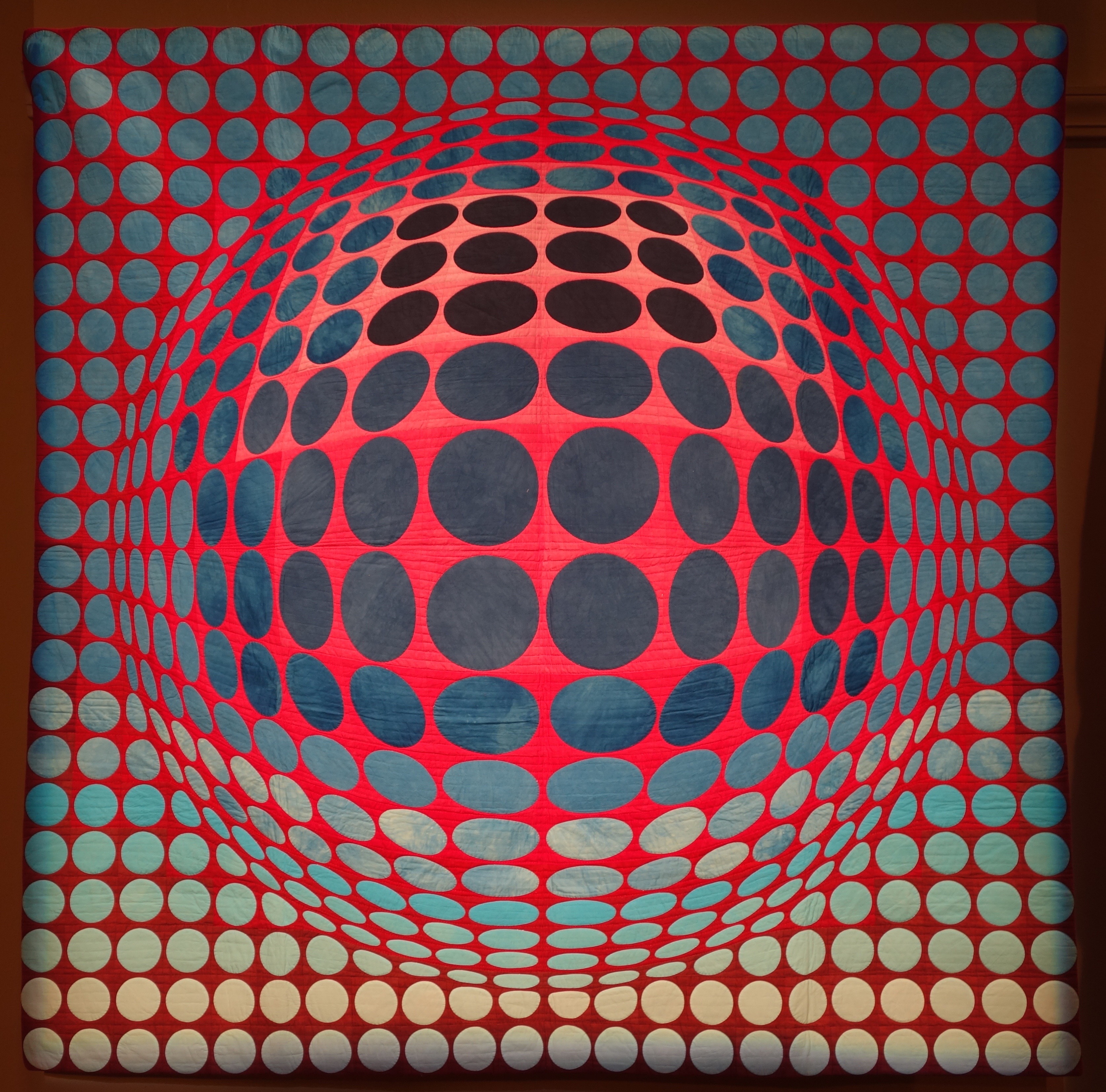
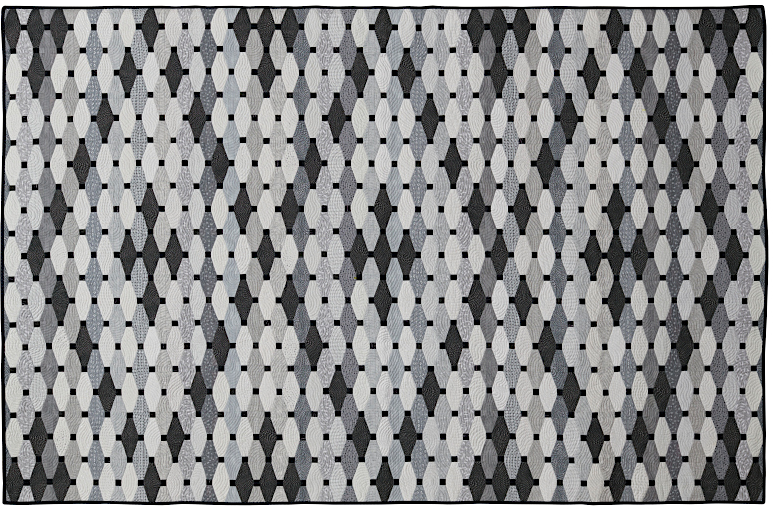
Tranquil Spaces by Loretta Painter. (image AQS)
Forca Barca by Rosa Rojas and OlgaGonzales. (image TheQuiltShow)
Ann P. Shaw shares how she auditions fabric for a quilt from start to finish when looking to create maximum visual Unity by incorporating a variety of the same type of fabric.
Unity from Variety by Ann P. Shaw (Show 2006 & Show 2213)
(images by Ann P. Shaw, unless otherwise noted)
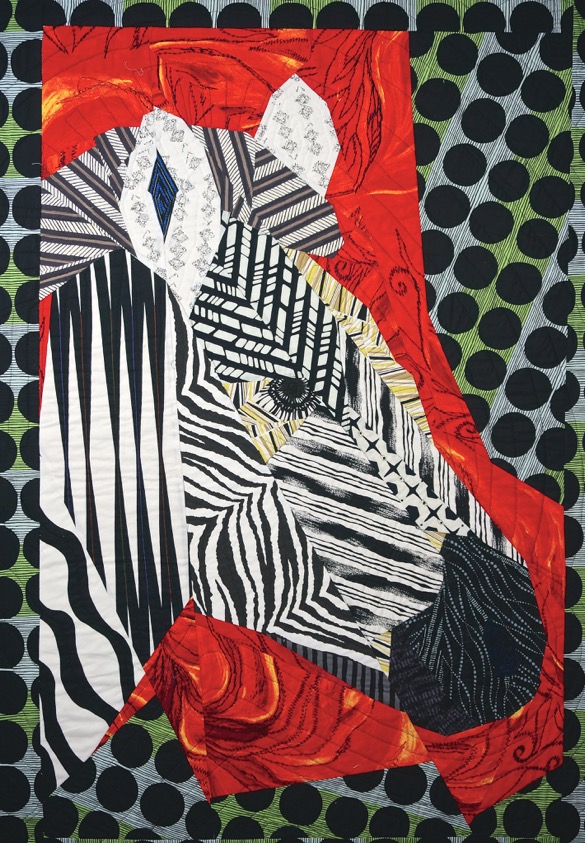
Fabric selections are a good way of creating unity with variety in a quilt design. Often, when we think about fabrics for a quilt, we choose a few colors that blend or select thoughtfully coordinated colors and prints. And when we run out of some particular fabric have way through a project, it can lead to a desperate search for another yard of the same fabric to complete the quilt.
For many of my quilts, I like to think broadly about how different printed fabrics can have a very similar visual impact. This is a good way to expand one’s use of fabrics and develop a richer look to one’s quilts.
My quilt, Grant’s Zebra, is a good example of creating unity from variety in my fabric selections. I love Zebras and I’ve seen many wonderful zebra quilts where individual black fabric pieces are appliquéd or fused onto the white body of the zebra to create its stripes. However, I thought it would be an interesting challenge to create a pieced zebra quilt where the fabrics did the design work without having to piece each individual stripe. That meant I would need to carefully consider the black and white printed fabric I would use. In this case, different fabric choices, each with some kind of black and white stripy print would help create the overall look of the zebra.
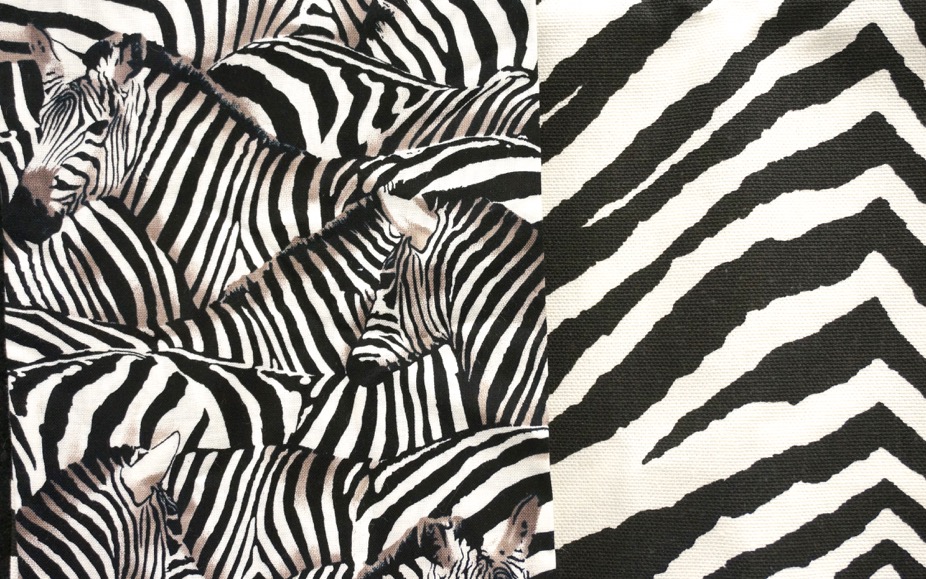
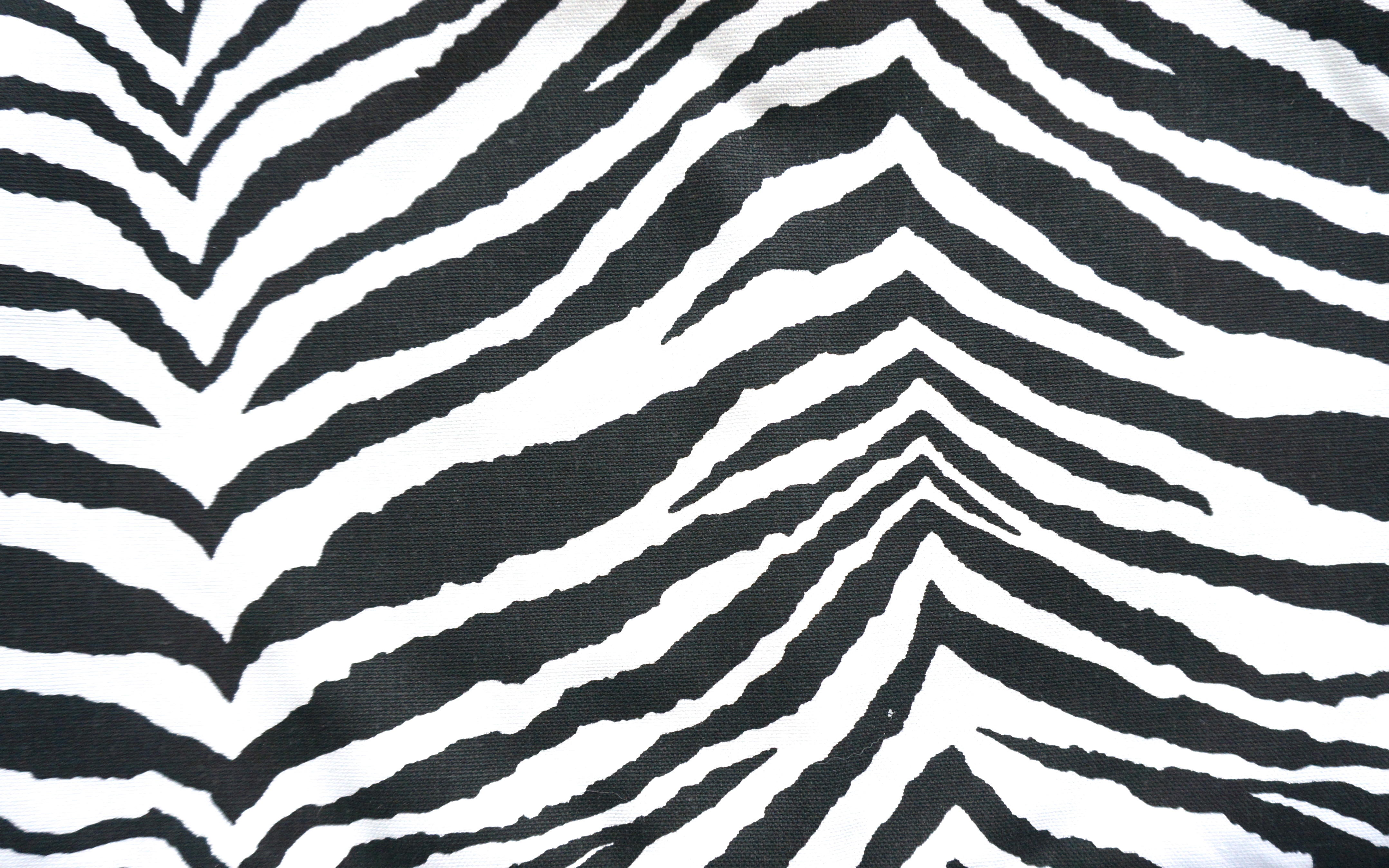
I started pulling black and white prints from my stash and found a zebra print (Image on the left). Perfect, but the scale of my other zebra prints was too small (Image on the right). Besides, I knew that using other kinds of prints would add spark to the overall look of the quilt.
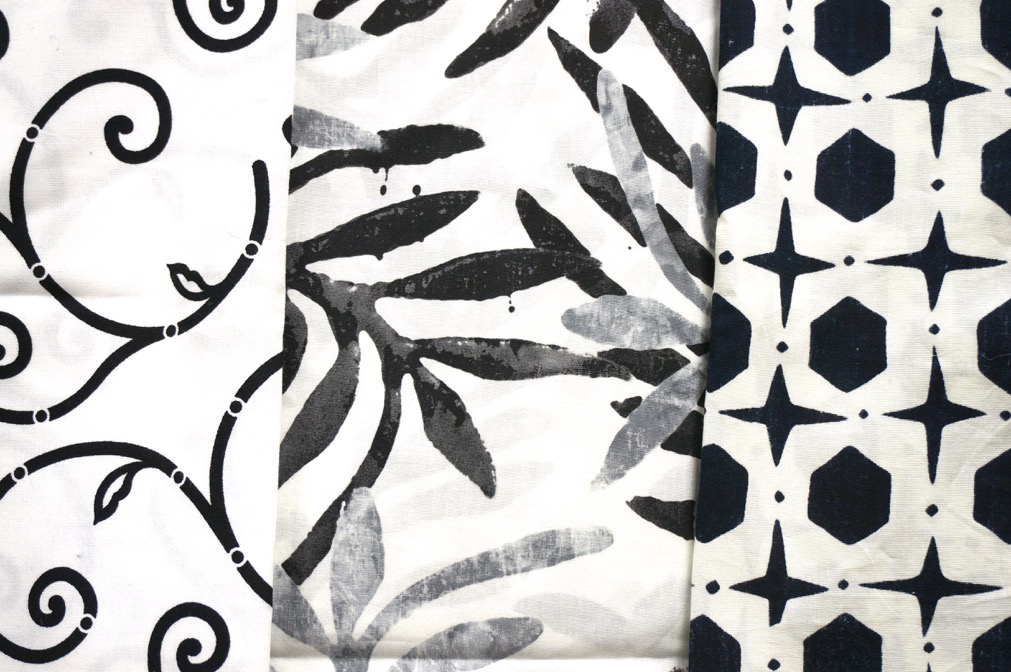
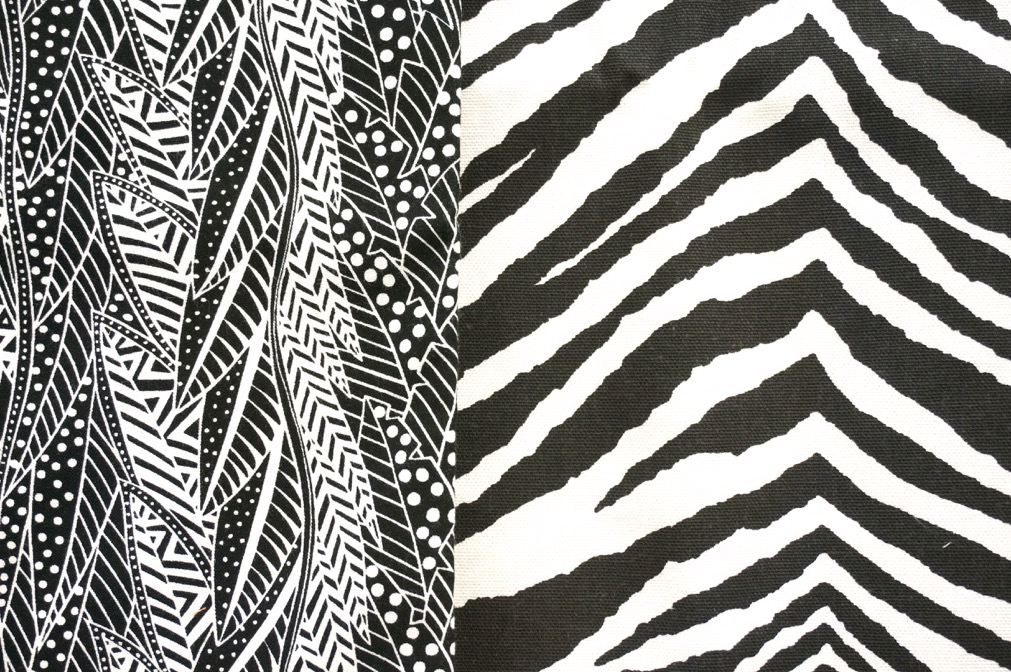
Some prints had swirls or dots or leaves, but didn’t provide the look of a zebra (Image on the left). Other prints had a stripy look, but had too much black (Image on the right).
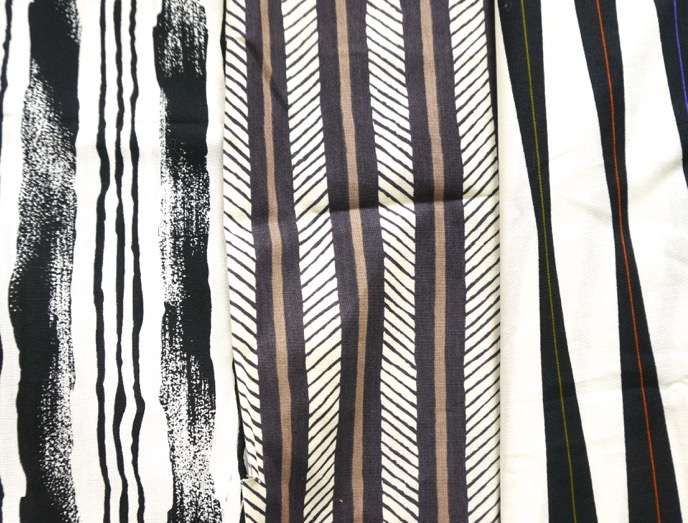
As I began winnowing down my choices, I focused on stripy-like prints, and found several prints that were the right large scale.


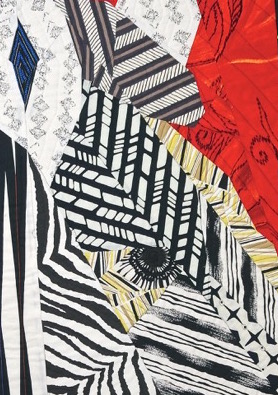
I then experimented with the placement of each print, using the largest print in the neck of the zebra (Image middle) and smaller prints around the eye (Image far right). The trick was to use prints that had a stripped look and had similar amounts of white (or cream) background. I also liked that some of the prints had little bits of other colors (even lime green, my favorite color!) that helped break up the mass of black and white.
To create unity from variety in a quilt design, identity printed fabrics that:
- Have a similar range of colors
- Have a similar scale in their prints
- Have a similar unifying background color
- Have a similar visual effect (such as stripes, overall texture, etc.).
Click here for more topics related to The Art of Quilt Design program




.jpg)


